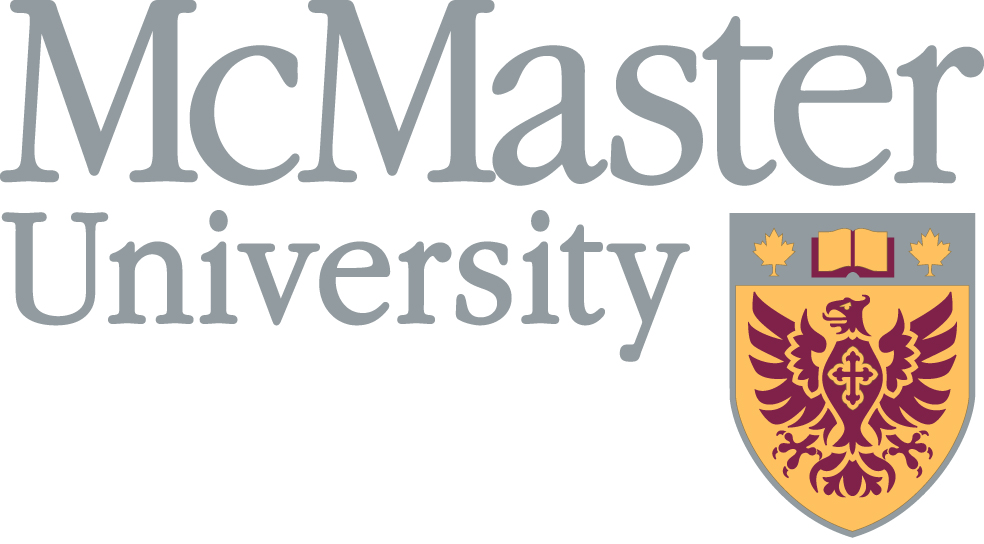2014 CMS Winter Meeting
McMaster University, December 5 - 8, 2014
- STEVE FURINO, University of Waterloo
A Generation of Teaching Proofs [PDF]
-
Teaching beginning mathematicians how to formalize their arguments and represent them in ways used by professional mathematicians is hard. I will offer some reflections on how we teach proofs at Waterloo to 1600 incoming students, and how the students, their backgrounds and the University have changed in the 25 years I have been teaching.
- BERNARDO GALVAO-SOUSA, University of Toronto
Proofs with Clickers [PDF]
-
Clickers are a convenient platform for interacting with the large student audience in the classroom. Traditionally, such tools were reserved to perform quick and easy computations and thus engage the audience.
I will show how this technology can be adapted to an "Introduction to proofs" course - a new setting for clickers. I will give examples of how clickers can help students understand proof techniques better and motivate students to learn.
- DALE GARRAWAY, Eastern Washington University
The role of Structure in an introduction to proofs course. [PDF]
-
In the last year I was requested to revamp the {\it Foundations of Mathematics} course at Eastern Washington University so that it better meets the needs of mathematics majors at Eastern. One aspect I have looked at is introducing logical structures and models into the course as a way to help expand the students understanding of the structure of a proof. This talk will look at how this is done and we will explore what has worked and what has not worked.
- PATRICK RAULT, SUNY Geneseo
Using inquiry-based learning to teach proofs. [PDF]
-
Inquiry-based learning (IBL) is a student-centered method of instruction, with an aim of getting students to attain a high level of independent thinking. While IBL is generally used in small classes, certain aspects of it are extendible to large class environments. In any mathematics class, students benefit from brief chats with their professor in office hours, to check-in about their thoughts on homework problems. This “check-in” experience can be simulated using modern technology via a daily electronic feedback system used in the presenter’s IBL Introduction to Proofs class. Various levels of this system will be discussed, ranging from one Webwork problem due midway between classes to a handwritten assignment submitted via Dropbox. The key feature of this between-class assignment is that students brainstorm on future material in a grade-lenient setting, while receiving feedback far enough in advance of class to allow time for reflection while preparing for class. A wide range of possible implementations in large classes will be presented, ranging from a high budget environment with many Teaching Assistants to a low-budget environment with one professor.
- DANIEL SOLOW, Case Western Reserve University
What an Ideal Transition Course Should (and Should Not) Be...in My Opinion [PDF]
-
Based on over 35 years of experience, this talk will be about what this speaker believes should (and should not) be the goals and content of an ideal Transition-to-Advanced-Math Course. Reasons for choosing these specific goals are presented first. Then, a list of specific topics that should be covered in such a course—in the form of general mathematical “thinking processes”—are presented and discussed.
- JAIMAL THIND AND SHAY FUCHS [JOINT], University of Toronto Mississauga
Once we teach, what do we ask? [PDF]
-
After introducing a topic in an Intro to Proofs course, we need to create exercises for assignments, quizzes, tests, etc.
We might want to avoid mechanical exercises, which only require the students to blindly follow a prescribed algorithm, but we also want to avoid exercises that are completely inaccessible to our students.
We will start this session with a short activity, and engage the participants in a discussion on the subject.
- MARIA WESSLEN, University of Toronto
Connecting an Introduction to Proofs course with higher level courses [PDF]
-
After students take an Introduction to Proofs course, what happens next and how might we maximise returns? Introduction to proofs courses are often used to help students prepare for higher level theoretical courses. In this talk I will share some observations about the effects on student preparedness for students who have completed the Introduction to Proofs course at UTM and some suggestions for what we might do to maximize the benefits.






